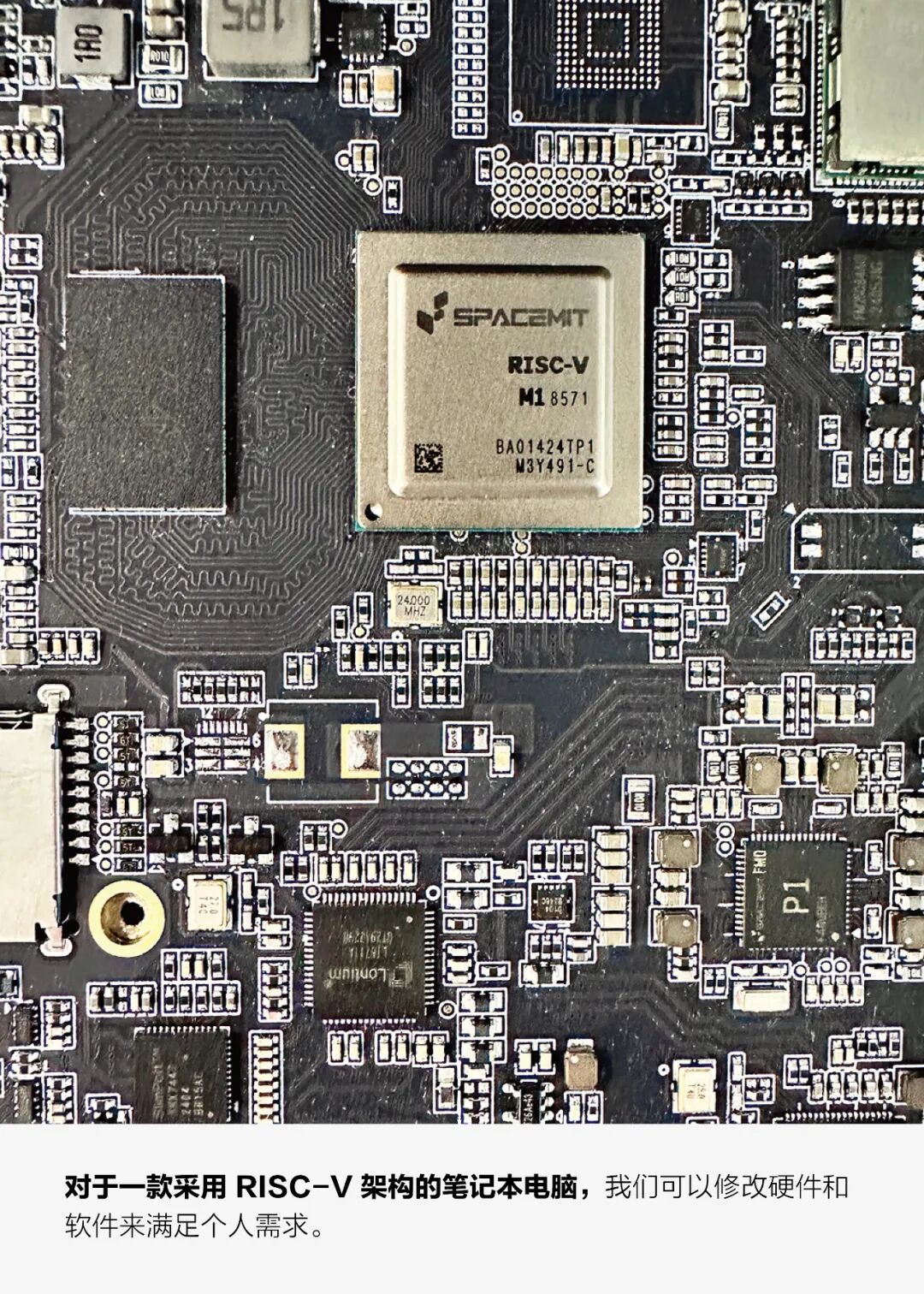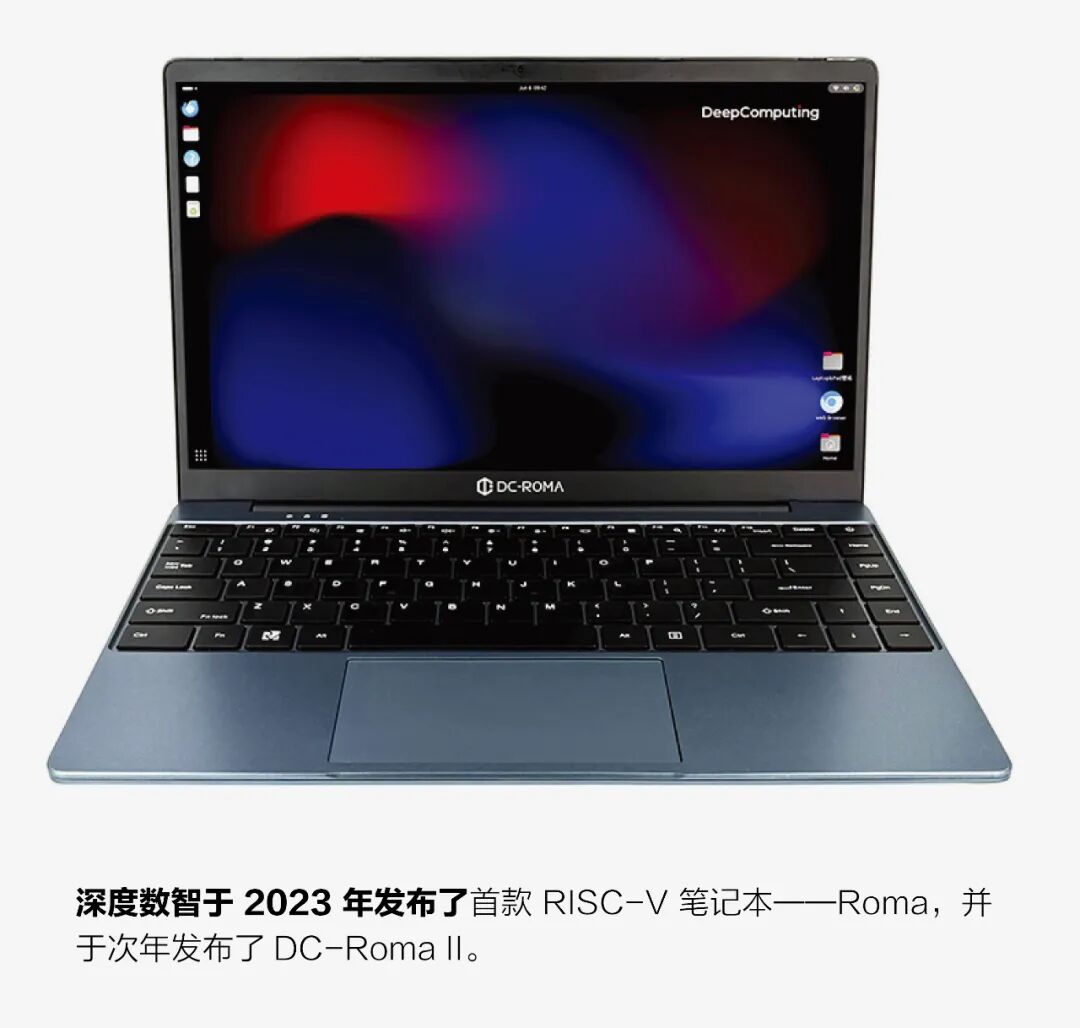
Our laptops hide a secret blueprint inside, which specifies the instruction set that the computer can execute and serves as an interface between hardware and software. These instructions are hidden behind proprietary technology and cannot be altered. However, starting from 2025, users may be able to purchase a new type of laptop with an open secret. This laptop will be fully customizable, allowing users to modify both hardware and software to meet their needs.
RISC-V is an open-source instruction set architecture (ISA) that promises to make personal computing more personalized. Although RISC-V is still in the early stages of its lifecycle, fully functional computers featuring this technology are already available for purchase, marking a key step towards providing a viable alternative to the x86 and Arm architectures in mainstream consumer electronics.

The CEO of laptop manufacturer Framework, Nirav Patel, stated: “If you look at several generations of products in the (software) stack, you can see consumer-grade RISC-V has started appearing in laptops and even smartphones.”
Patel’s company plans to launch a laptop with a RISC-V motherboard in 2025. While this laptop is still aimed at early adopters and developers, it will be the most accessible polished RISC-V laptop to date, capable of providing the same look and feel as the x86 chip in the Framework laptop.
An instruction set architecture is a rulebook that defines the effective set of program instructions that can be executed on a processor. Like other instruction set architectures, RISC-V includes dozens of instructions, such as loading data into memory or performing floating-point arithmetic. However, RISC-V is open-source, which distinguishes it from closed instruction set architectures like x86 and Arm. This means anyone can use RISC-V without paying licensing fees. At the same time, it also makes RISC-V hardware easier to customize, as there are no licensing restrictions on what can and cannot be modified.
In 2010, researchers at the University of California, Berkeley’s Parallel Computing Laboratory began developing the RISC-V instruction set architecture based on established principles of reduced instruction set computing (RISC). Today, companies looking to design low-cost dedicated chips are already using RISC-V: Alibaba uses RISC-V in its edge computing chip development platform, while Western Digital employs RISC-V for storage controllers.
Now, a small group of companies and enthusiasts are laying the groundwork for bringing RISC-V into mainstream consumer devices. One of the pioneers is software engineer Liang Yuning, who was drawn to the idea during the COVID-19 pandemic when he was unable to work due to lockdowns in Shenzhen.
Unable to continue his previous work, “I had to ask myself, what can I do here?” Liang Yuning said. “Mark Himelstein, the former CTO of the RISC-V (International) Foundation, mentioned that we should make a laptop using a 12nm RISC-V test chip.” Since the 12 nm node is older than the manufacturing processes currently used for central processors, the cost per chip is lower.
Supply chain issues caused by the COVID-19 pandemic slowed the project’s start, but eventually, the company Liang Yuning founded, Deep Intelligence, launched the world’s first RISC-V laptop—Roma in 2023. Following that, in 2024, the company released the DC-Roma II pre-installed with the Ubuntu open-source operating system, capable of performing basic computing tasks right out of the box.

Deep Intelligence is currently collaborating with Framework, a laptop manufacturer founded in 2019, whose mission, as stated on its website, is to “repair consumer electronics.” Framework sells modular, user-repairable laptops, allowing users to upgrade components indefinitely (including typically non-replaceable parts like motherboards and displays).
Patel stated: “Developers can access the motherboard of the Framework laptop and create their own platforms.” He added that the company hopes its laptops can accelerate the adoption of open-source hardware, allowing motherboard manufacturers to provide a platform that offers “system-level solutions” without needing to design their own laptops.
Deep Intelligence’s DC-Roma II laptop is an important milestone in open-source computing, not only because it comes pre-installed with the Ubuntu operating system. It is the first RISC-V laptop to gain widespread media attention, particularly on YouTube, where videos reviewing DC-Roma II and other RISC-V single-board computers like Milk-V Pioneer and Lichee Pi 4A have garnered millions of views.
Nevertheless, Liang Yuning quickly acknowledged a flaw that many netizens have pointed out: the RISC-V chip in the DC-Roma II lags significantly behind corresponding products based on x86 and Arm architectures in terms of performance. Liang Yuning stated that Deep Intelligence hopes to address this issue with the DC-Roma III in 2025.
In the coming year, “performance will be greatly improved. Although we will still use the 12 nm (processor), we will upgrade the performance of the central processor to bring it closer to the level of Arm Cortex-A76.” Liang Yuning said. The Cortex-A76 is a major architecture for RISC-V benchmarking, as the chips used in high-selling single-board computers like the Raspberry Pi 5 utilize this architecture.
Liang Yuning is not the only one dreaming of creating high-performance RISC-V chips. Founded in 2018, Ventana is designing high-performance data center chips relying on open-source instruction set architecture.
Balaji Baktha, the founder and CEO of Ventana, firmly believes that RISC-V chips will directly compete with x86 and Arm in various products. “Specific factors of the instruction set architecture cannot determine whether high-performance products can be manufactured,” he said. “The key lies in the implemented microarchitecture.”
Deep Intelligence also hopes to lower prices to make RISC-V more attractive. The DC-Roma II is priced at around 600 dollars, which is not much more expensive than mid-range Windows laptops like Acer Aspire or Dell Inspiron. However, online reviews indicate that its performance is closer to that of lower-priced budget laptops. Liang Yuning stated that this is due to the low production volume of the laptop, which he said is “a few tens of thousands of units.” He added that Deep Intelligence hopes to increase the production volume of the DC-Roma III to 100,000 units.
If this goal is achieved, all laptops from Deep Intelligence will be more competitive compared to those using x86 and Arm. This is very important for Liang Yuning, as he believes that affordability is closely related to openness: both lower the barrier for newcomers.
“Even if we can open up chip design, one day, even students in primary and secondary schools and universities can use open tools to design their own chips in class,” Liang Yuning said. “With openness, we can all choose to make our own from scratch.”
Source: Yuezhizhi Network, Author: Matthew S. SmithChip Course 5.1 Mega Sale from Chuangxin Lecture Hall